The final member of my triumvirate of seminal
English ornithologists is Thomas Bewick, a figure far removed from the
gentility enjoyed by Waterton and White.
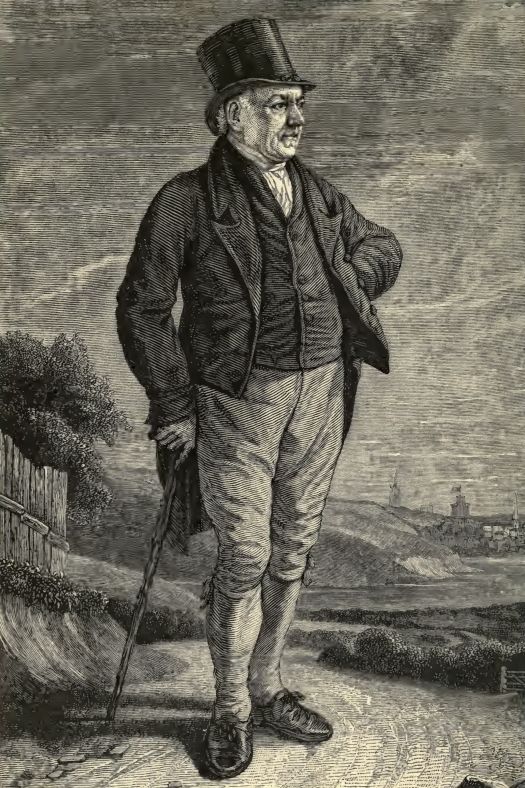 |
| Thomas Bewick |
Bewick was born in 1753, at Cherryburn
House, Mickley, Northumberland, the son of a tenant farmer, and was sent to the
village school but after repeated beatings by the schoolmaster, he became a
determined truant and instead spent his days in the countryside, observing
nature.
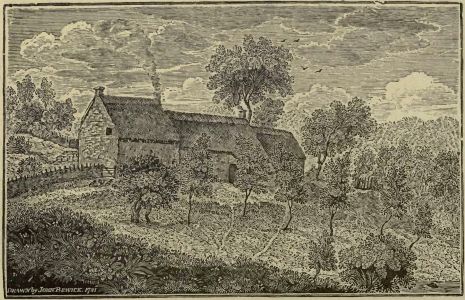 |
| Cherryburn House, Mickley |
His great love was drawing, and he covered every surface available to
him (including gravestones and the floor of the church porch) with chalk
drawings of birds, animals and hunting scenes.
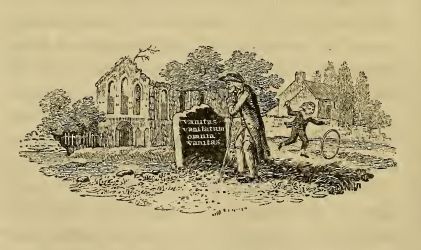 |
| Thomas Bewick - Vignette |
When given paper, watercolours
and paintbrushes, he sold his early works his rural neighbours, and he became
known locally as quite the little artist. Unsurprisingly then, at fourteen, he
was apprenticed to a copperplate engraver, Ralph Beilby of Newcastle, and one
of his earliest jobs was to provide illustrations for Charles Hutton’s book Mensuration (1770), for which Beilby recommended engravings on wood.
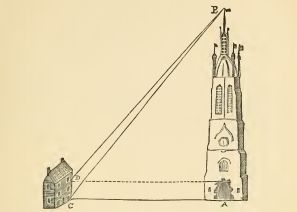 |
| Bewick's illustration from Hutton's Mensuration |
There are
many advantages in this method, not least that text and illustrations can be
printed at the same time, as the wood block engravings can be fixed into the
same frame, at the same level, as the letters. A wood engraving differs from a
wood cut in that it is cut into the end grain of a block of wood, rather than
across the grain of a piece of wood.
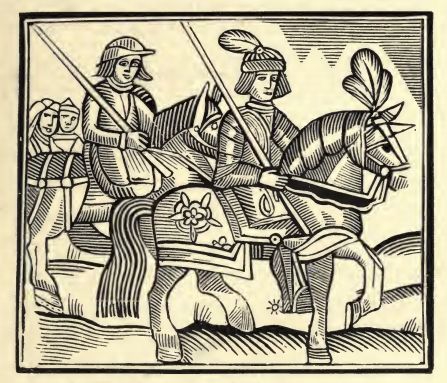 |
| Example of a Woodcut - St Bevis of Hampton c. 1690 |
Bewick used box wood, which is both very
hard and very close grained, and he used metal engravers’ tools, allowing him
to achieve a very high level of detail in his illustrations.
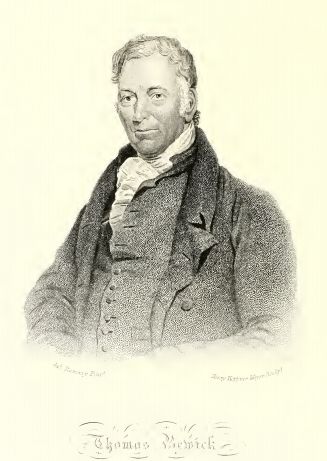 |
| Thomas Bewick |
Wood engravings
are relief prints, the areas to be printed in black are left on the surface of
the block with the white areas cut away, into the grain of the wood (in a metal
engraving, the black areas and lines are cut into the metal and these grooves
are filled with ink, with the surplus ink scraped and rubbed away from the
surface, and the print is made at a much greater pressure than a relief
engraving.
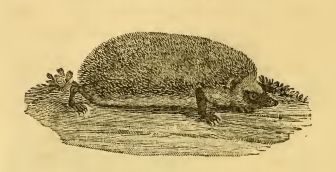 |
| Thomas Bewick - Hedgehog |
The intaglio printing method wears away the printing plate much
faster than a relief print, quickly loosing detail – a wood block, however,
will last for many hundreds of thousands of impressions, (a capital letter
block cut by Bewick for a Newcastle newspaper was used over two million times).
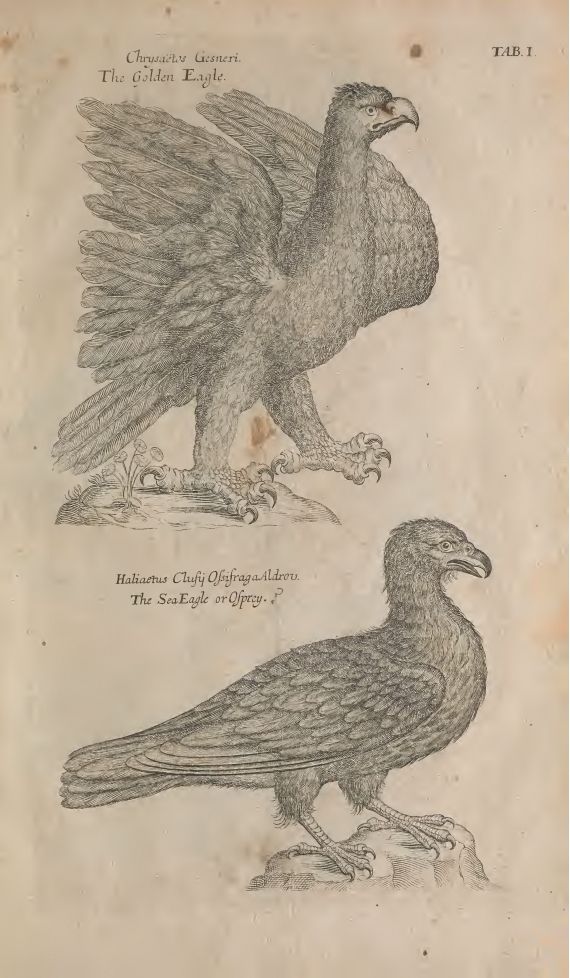 |
| Copperplate Engraving of Eagle from Francis Willughby - Ornithology - 1678 |
Beilby encouraged Bewick’s talent and he was keen to learn, quickly becoming a
master wood engraver; his habit of constantly drawing as a boy had given him a
mastery of line that was perfectly suited to the medium.
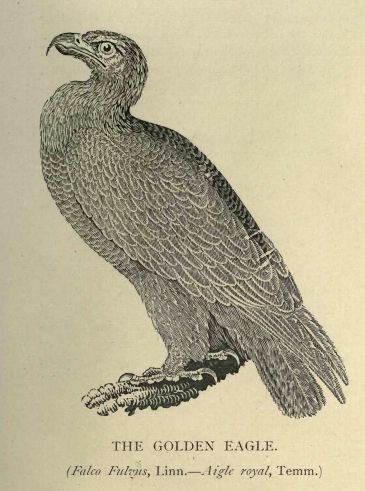 |
| Wood Engraving of Eagle from Thomas Bewick - History of British Birds - 1797 |
He provided
illustrations for a great many ‘moral’ tales, little books intended to instil
the better sentiments into children, as well as letterheads, billheads,
commercial illustrations and advertisements. After completing his
apprenticeship, Bewick moved to London for a short time, but he did not enjoy
life in the capital and moved back to Newcastle, where he went into partnership
with his former master, and took his brother John on as an apprentice.
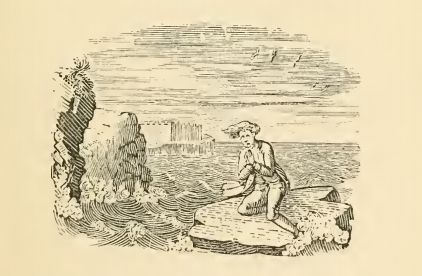 |
| Thomas Bewick - Early example of the Praying Sailor (see later example below) |
Thomas
Bewick first came to public attention with an illustration called The Old
Hound, which won a seven-guinea premium from The Society for the
Encouragement of the Arts, and his engravings for Gay’s Fables and a
small volume of Aesop’s Select Fables.
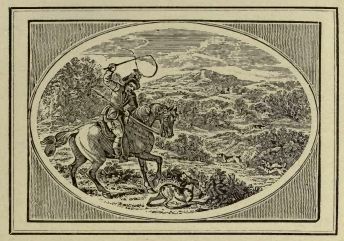 |
| Thomas Bewick - The Old Hound |
He proposed, and
circulated a prospectus, for a work which would be issued as A History of
Quadrupeds (1790), and whilst this prospectus was circulating, Bewick was
invited to visit Marmaduke Tunstall, of Wycliffe, a prominent naturalist of the
day, famed for his museum. Bewick was commissioned to produce a large engraving
(the largest he ever made, at 5½ inches by 7¾ inches), of the rare wild cattle
at Chillingham Park, an isolated population of ancient undomesticated cattle
that is claimed to have its ancestry in the earliest indigenous oxen of
Britain.
 |
| Thomas Bewick - The Chillingham Bull |
Bewick’s masterpiece is a triumph of the wood engraver’s art, and only
six of the original prints are known to exist. The block was inadvertently left
in direct sunlight and it split, although it was later clamped into a gun-metal
frame and a limited number of prints were pulled from the block.
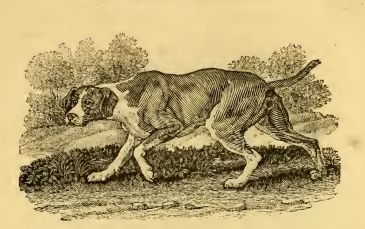 |
| Thomas Bewick - Spanish Pointer - A History of Quadrupeds - 1790 |
The Quadrupeds
was an immediate, popular success but it was eclipsed by the wonderful History
of British Birds (2 vols, Land Birds 1797, Water Birds 1804),
which is the work inextricably to Bewick’s name.
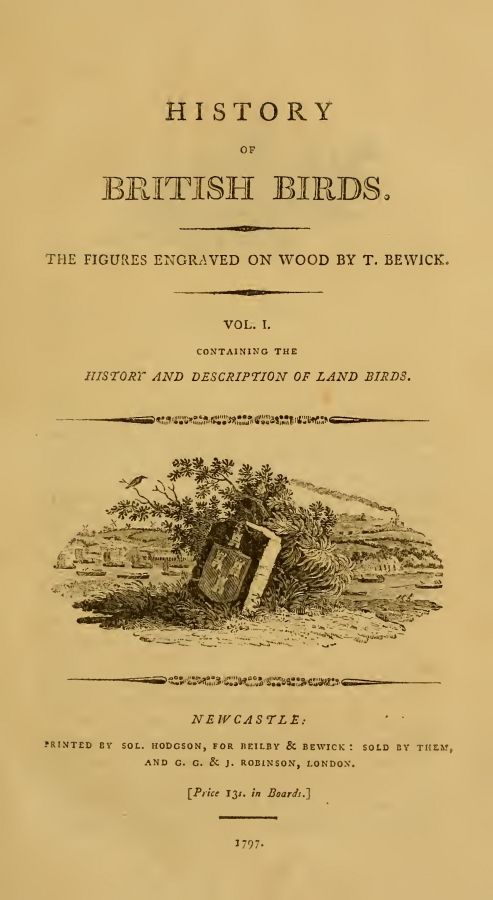 |
| Thomas Bewick - History of British Birds - 1797 |
Wherever possible, Bewick drew
from life or from prepared skins, notably spending a great deal of time with
Tunstall at Wycliffe. The keen observations make the work, and although
criticism has been raised that Bewick was no scientist, I’d argue that a
scientist could not have produced a better book.
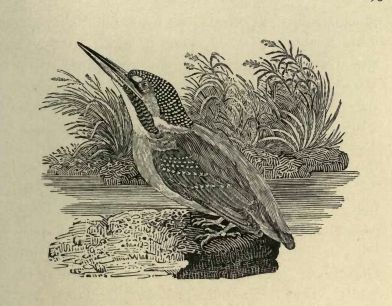 |
| Thomas Bewick - Kingfisher - History of British Birds - 1797 |
Bewick studied what
ornithological literature was available to him but leavened his text with
personal observations and a lifetime’s experience in the field.
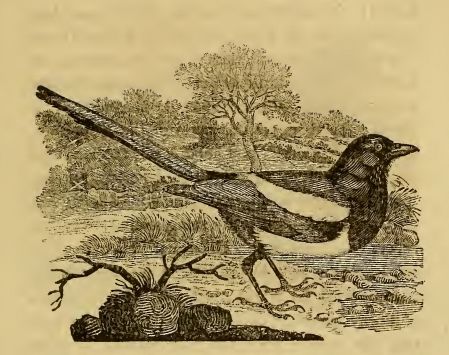 |
| Thomas Bewick - Magpie - History of British Birds - 1797 |
The birds are
grouped into families, with each species illustrated with a meticulous wood
engraving, the common, alternative and Latin names, a physical description,
notes on the habits and distribution.
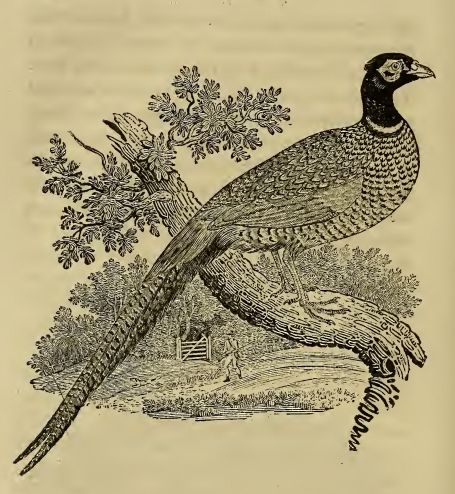 |
| Thomas Bewick - Pheasant - History of British Birds - 1797 |
Of equal interest, and of greater charm,
are the vignettes that Bewick adds to the end of some entries. These depict
tiny fragments of rural life, often humorous, sometimes tragic, always
interesting; we see hunting, shooting and fishing, ships, suicides and scares,
birth, life and death. Here’s a selection for you to enjoy.
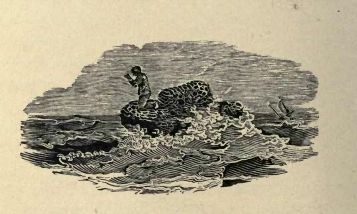 |
| Thomas Bewick - Later Example of Praying Sailor |
 |
| Loading Ships |
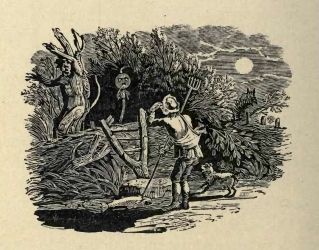 |
| Jack o'Lantern |
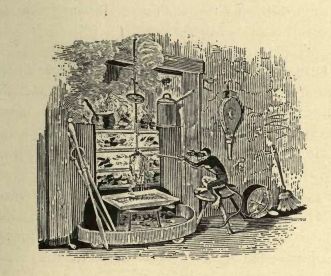 |
| Monkey in the Kitchen |
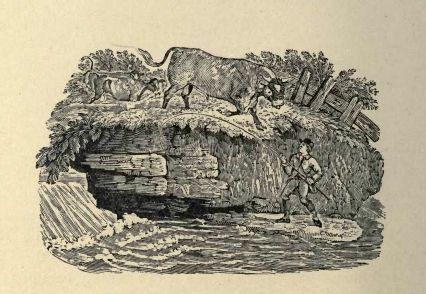 |
| Runaway Bull |
 |
| Crossing a River on Stilts |
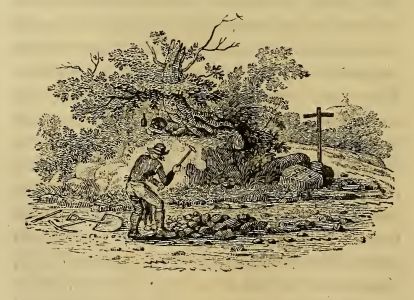 |
| A Stone Breaker |
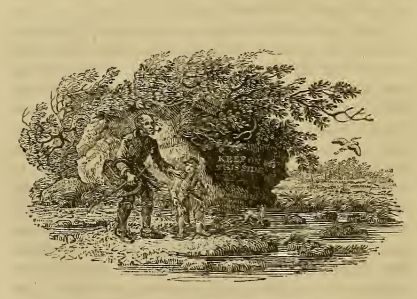 |
| 'Keep on this Side' |
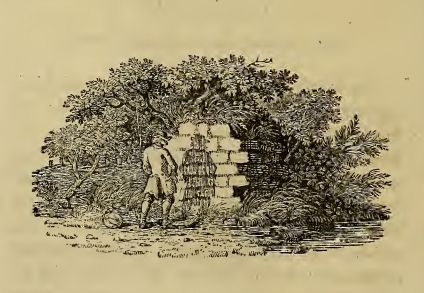 |
| Peeing |
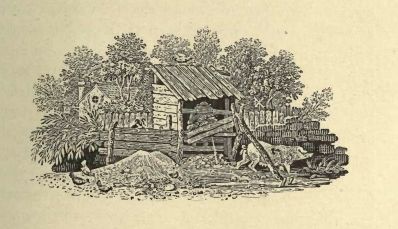 |
| Pooing |
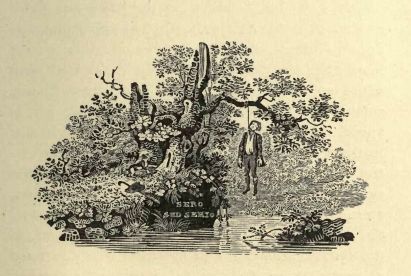 |
| Hanged Man |
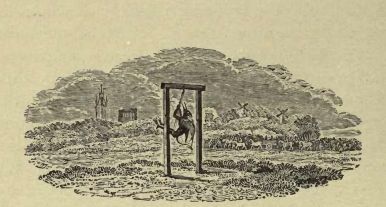 |
| The Devil Swinging on a Gibbet |
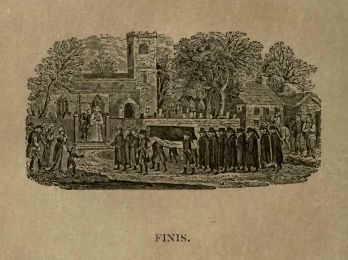 |
| FINIS |






























No comments:
Post a Comment